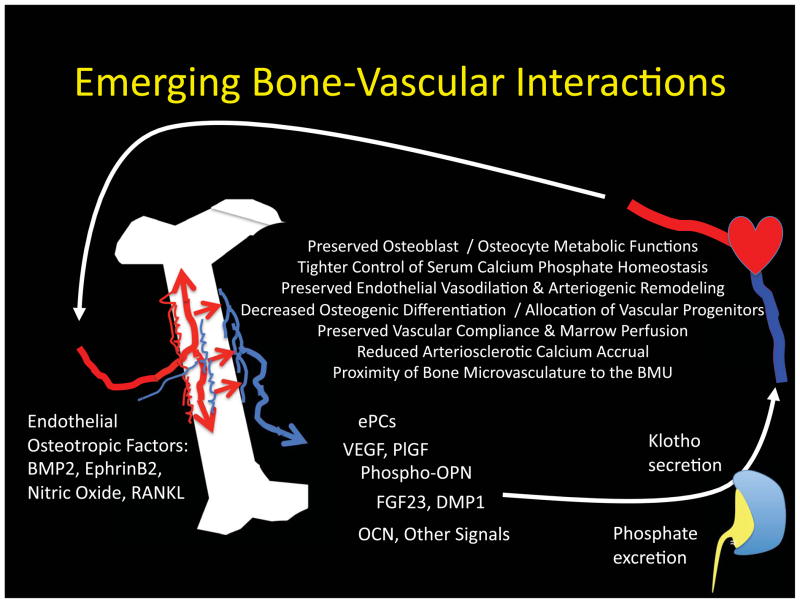Figure 6. Clinical promises and pitfalls of the emerging bone-vascular axis.
A bidirectional endocrine / metabolic relationship exists between bone and the vasculature that mutually benefits bone and vascular health. The kidney is an important intermediary via regulation of phosphate excretion182 and the elaboration of Klotho109, 199. Importantly, PTH/PTHrP receptor signaling (a) maintains bone formation, sustains hematopoietic niche function215 and ePC mass13; (b) promotes intact osteoblast OPN24 and osteocyte FGF23197, 199 secretion; (c) supports renal Klotho production199; and (d) suppresses aortic osteo-fibrogenic Wnt/β-catenin signaling23, 146 and vascular calcium accrual23, 26. PTH/PTHrP receptor signaling also reduces aortic23 and skeletal216 oxidative stress, and maintains the proximity of the microvasculature to the BMU during bone formation164. Declining renal function and tissue resistance to PTH/PTHrP receptor signaling represent key features in the perturbation of the bone-vascular axis with disease. P1GF, placental growth factor. RANKL, receptor activator for NF-KappaB Ligand. BMU, basic multicellular unit. See text for details.

